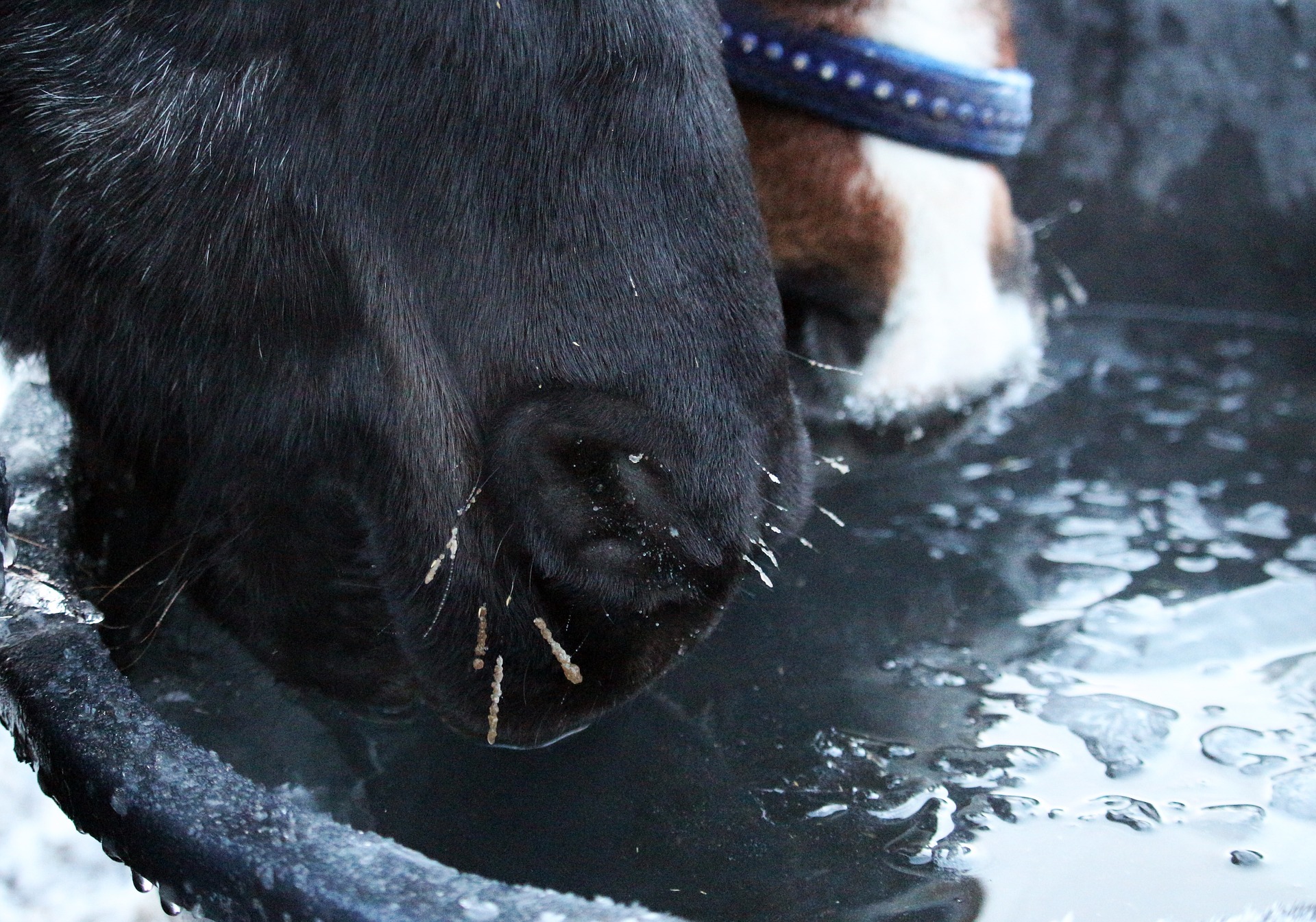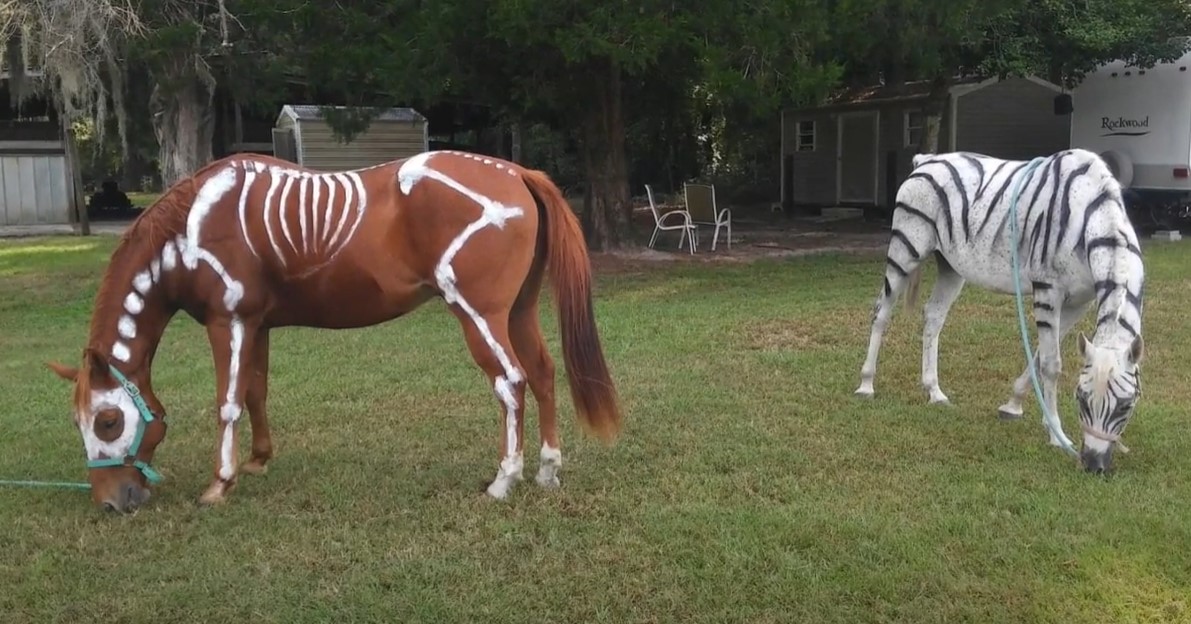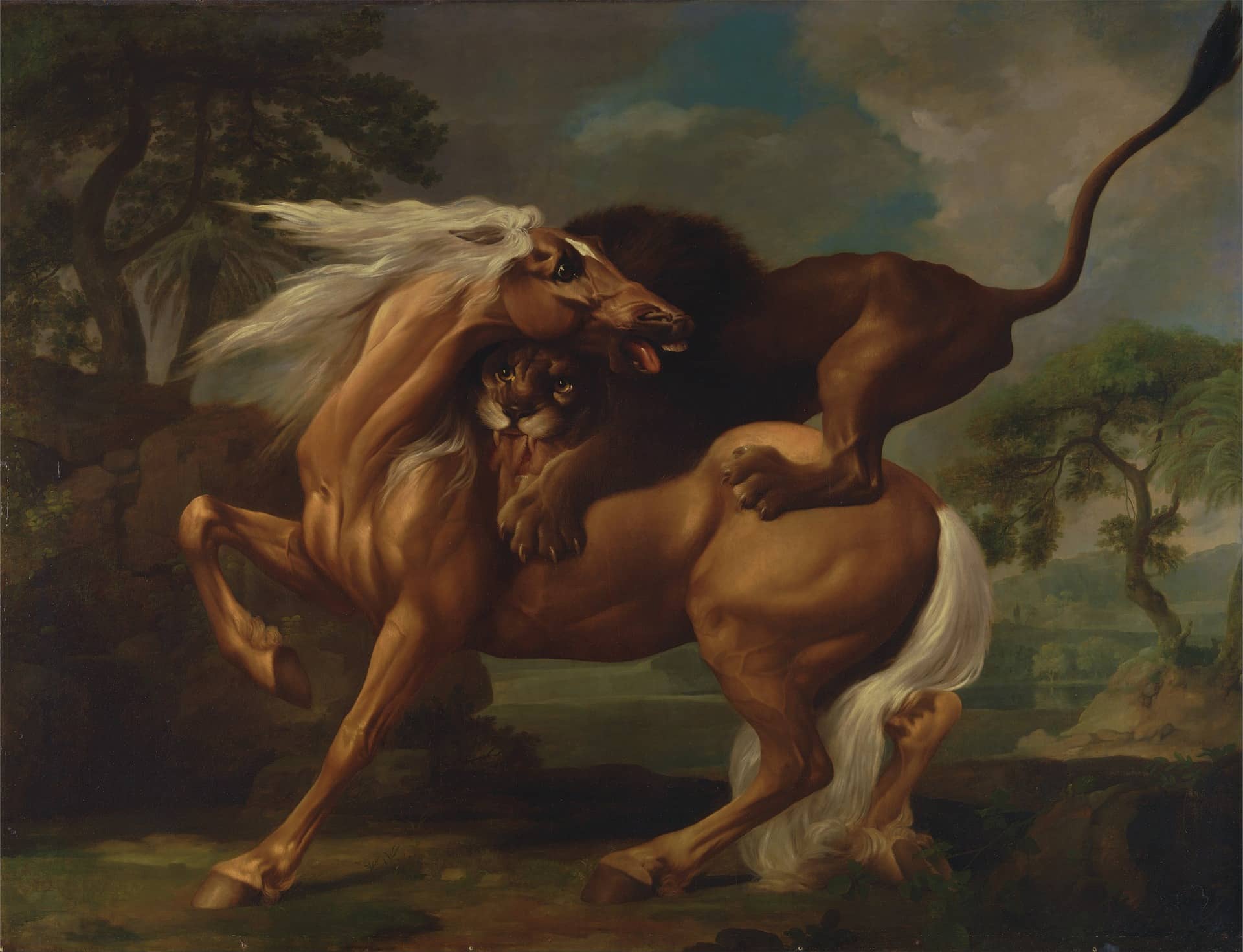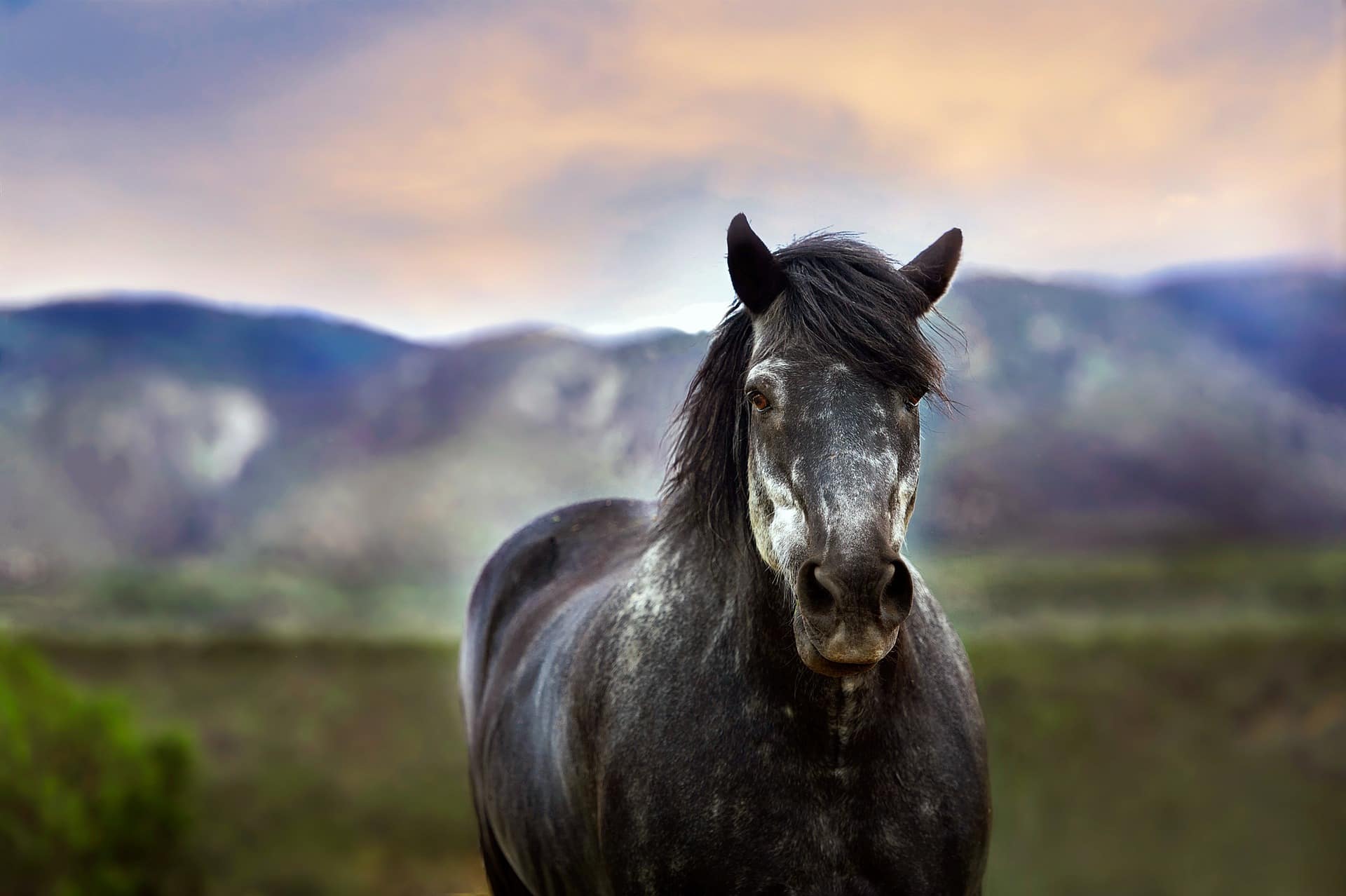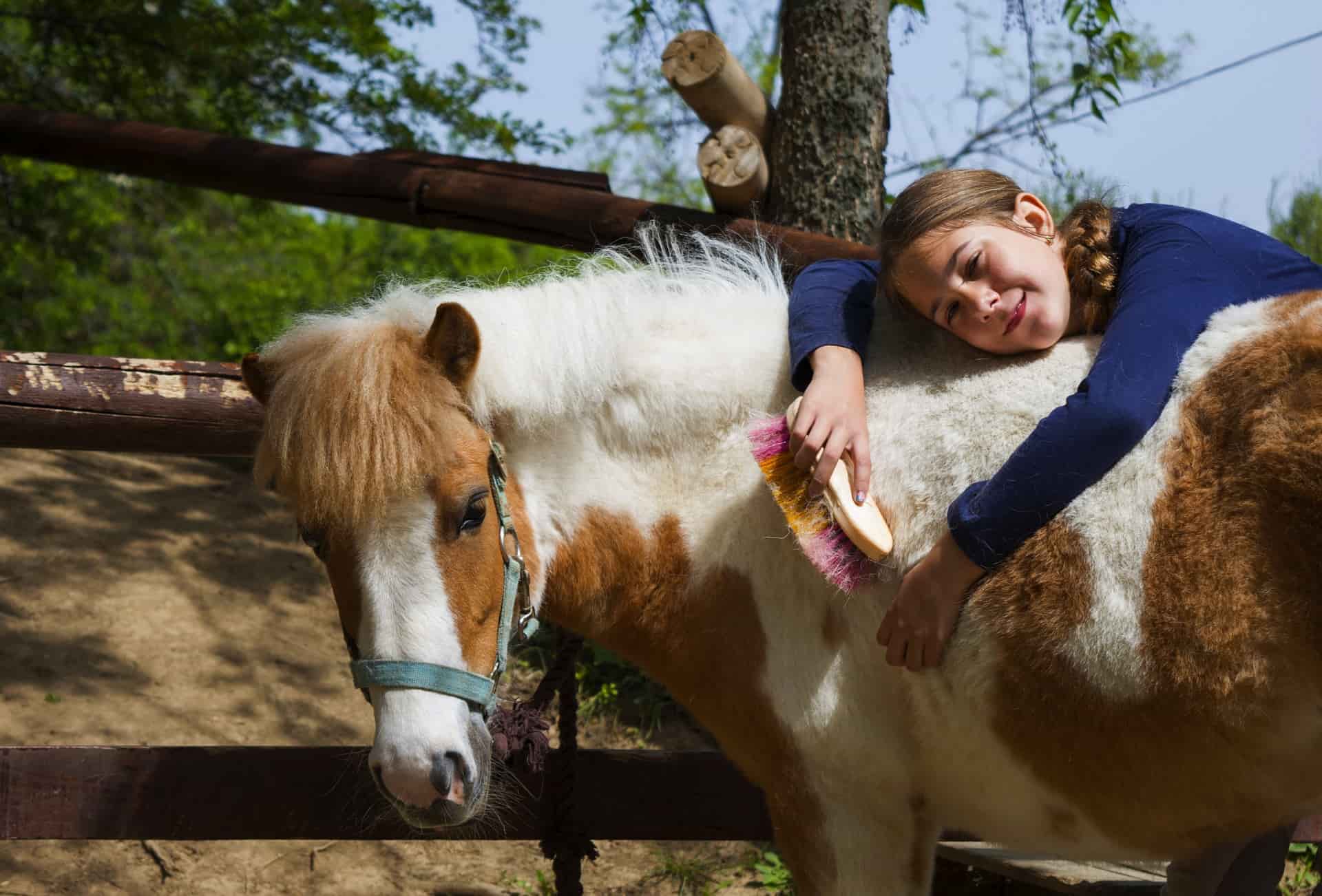It’s true to say, that in the winter time, barn work and taking care of your horse becomes a chore rather than a pleasure. The days are cold, the nights are long, and often there’s the added task of smashing through an inch of ice in your horses' water trough or bucket each morning. You can't change the climate you live in, so in this guide, we’re going to take a look at how to keep horse water from freezing without electricity.
Hopefully, the information you find here will make barn life a little bit easier for you throughout the cold winter weather.
Why a Horse Needs to Have Fresh Water
As painful as it is smashing through iced up horse water troughs in the winter, providing fresh water is an essential part of any horse care routine. The way that the horses' digestive system works means that they require constant, fresh water to keep it in optimum function.
***Related: The Best Automatic Horse Waterers***
Horses will start to show signs of dehydration after just a few hours without a drink. Mild dehydration can cause a horse to colic and severe dehydration can lead to all kinds of long term health problems and even death. This is why it's necessary to ensure that your horses' water trough or bucket doesn’t freeze over in the winter months.
Why Keeping Horse Water Ice Free Without Electricity is Best
You'll find a huge range of barn heaters and electric water heaters on the market these days. A horse water trough heater may seem like an easy solution to keep water flowing in horse troughs with warm water, however, they have some drawbacks.
Before you go out and buy yourself a heated horse water trough, take a look at the two important points of consideration below.
Safety
The first and most obvious thing about an electric horse water heater is that water and electricity are not made to be mixed together. There is always the chance of an electrical fault occurring and giving an electric shock to your horse while it's drinking. If the electric heater cuts out and you're not aware of it, the water will freeze over, leaving your horses with no access to water. Using a none electrical means to keep water from freezing is definitely a safer option when it comes to watering livestock.
Cost
Not only do electric water troughs pose a potential health hazard for horses, they’re also quite expensive to install. An electrical water heater requires a big start-up investment. Units are expensive to buy and then you’ll have to pay a professional to fit it safely. They also need a power source to run on that will increase your monthly electricity bill and will have to be checked and maintained regularly.
Tips on How to Keep Water From Freezing Without Electric
The good news is, there are plenty of inexpensive and relatively easy ways to keep the water trough from freezing over, without using electricity. Take a look at our tips below to get some ideas for your herd.
1. Tank Position
Putting your water trough in a good position would help a great deal to reduce the ice that forms in it overnight. Positioning your stock tank in a place where it gets maximum daylight and sun exposure, will gently heat the water in the tank. This means that it takes much longer to freeze overnight and it will naturally melt during the day as the sun rises. Use the position of the trough along with the other methods listed below and you may never have to deal with an iced up water tank again.
2. Insulation
If you live in an exceptionally cold climate then you may want to use full insulation on your water troughs. One way to do this is by using two tanks. You can put a stock tank inside a large trough and then fill in the space between the two of them. You can fill in the sides with a whole range of insulating materials such as hay, styrofoam or even expanding filler. If you don't have two troughs available, then you can make a simple box type frame to go around the stock tank. Again, use insulating materials to fill in all the sides.
Check out the Foam Boards by Excelsis Design or the Expanding Sealant by DAP.
Another good method is to use the ground as your insulating material. You can do this by burying the trough in a hole in the ground and the earth will act as a natural insulator. If you have exposed water pipes leading to the troughs then you should insulate these too. You can do this by burying them underground or covering them with a box or special pipe insulation.
Try getting some K-Flex Insul-Lock as pipe insulation.
3. A Cover
Covering the top of your stock tank, leaving only a small hole for the horse's to drink from, is another good way to prevent the water from freezing over. You can create a lid for your horses water using a range of insulating materials such as plyboard or tarpaulin. A tarpaulin is easy to fit and to make a hole in. If you use dark tarpaulin, this will absorb heat from the sun for maximum insulating effects. This is a good method to try if you live in a milder climate and don’t suffer from a huge amount of frost. For really cold climates, use a lid in conjunction with full insulation for complete frost protection for your trough.
We recommend the Super Heavy Duty Poly Tarp Cover by Xpose Safety.
4. A Float
Water freezes quicker when it's sitting still. Adding a floating device to the water trough or bucket will keep the water moving and help to prevent it from freezing over. If the water does freeze around the float then often the horse can push it in to release it. This means that the horse can then drink the water through the hole it’s left in the ice. Floats can be constructed easily from plastic bottles half-filled with saltwater. Saltwater has a much lower freezing temperature than fresh water.
You could also add a ball to your horses water trough as a floating device. Inflated balls are much easier for horses to push in and they will leave a larger hole for your horse to drink from.
We like using a basketball as an inflated ball, try using a Spalding Basketball.
5. Material
The material of the trough or bucket also plays a big part in keeping water ice free. Water containers that are made from metal are the quickest to freeze over. Whereas thick, black rubber containers are the slowest to form ice. This is because the thick rubber provides insulation and the black color absorbs heat compared to cold, stiff, metal. Because of the flexibility found in a rubber bucket, when the water does freeze over, It’s generally much easier to break.
Check out the Heavyweight Rubber Pail by Marshalltown.
6. Breaking By Hand
Ultimately, there will be days when you have to break the iced water by hand or even with tools in extreme temperatures. If you have to do it by hand then its good idea to wear some rubber gloves to protect your hands from the freezing ice. If you can’t break the trough ice with your hands then use a tool such as a rock, hammer or rubber mallet and iron steak.
When you’ve broken the ice, throw out all the frozen pieces. If you leave them in, the trough or bucket will freeze over again more quickly. If you want to save your hands from suffering from the ice, then you can pour warm water directly over the ice into the trough. Carrying around hot water in buckets might not be a feasible option though if the trough is a long way from the barn.
Keeping Water Ice Free in The Stall
Sometimes, the temperatures may drop so much in the winter that it's necessary to keep indoor waters de-iced too. Keeping the water from freezing over inside the stall or barn is much easier than doing it outside. Most of the techniques listed above will help to keep indoor waters from freezing too. However, the easiest, and probably most effective form of indoor water insulation can be found right there in the stable beneath your horse's feet.
Dirty bedding and horse manure naturally produce a lot of heat when they're decomposing. You can make a pile of muck or dirty bedding around your stable bucket which will keep it insulated and stop it from freezing. Make sure that the pile is substantial enough to cover at least half of the bucket To make a more permanent feature, place your stable water bucket inside a large muck bucket or container and fill in the sides with a layer of manure insulation.
We like using the TubTrug Tubs as a muck bucket.
Conclusion
We hope this guide has fully answered your question about how to keep horse water from freezing without electricity. As you can see, keeping water ice free without using electricity is a much safer and cheaper option. With so many alternative methods, you’ll be sure to find a way that suits you. If you live in a really cold climate, then you’ll inevitably have days where you have to smash the horses water trough by hand. By using the techniques that we’ve listed, you can keep those days to a minimum, making winter a little bit less of a chore.
